XML Update 29 Jan 2024
- Improved landing gear
Cr to @AirFrance747400 for 767 nose plane
Sc by @ZerkkZxe
About the aircraft :
The Boeing 767 is an American wide-body aircraft developed and manufactured by Boeing Commercial Airplanes. The aircraft was launched as the 7X7 program on July 14, 1978, the prototype first flew on September 26, 1981, and it was certified on July 30, 1982. The initial 767-200 variant entered service on September 8, 1982, with United Airlines, and the extended-range 767-200ER in 1984. It was stretched into the 767-300 in October 1986, followed by the 767-300ER in 1988, the most popular variant. The 767-300F, a production freighter version, debuted in October 1995. It was stretched again into the 767-400ER from September 2000.
To complement the larger 747, it has a seven-abreast cross-section, accommodating smaller LD2 ULD cargo containers. The 767 is Boeing's first wide-body twinjet, powered by General Electric CF6, Rolls-Royce RB211, or Pratt & Whitney JT9D turbofans. JT9D engines were eventually replaced by PW4000 engines. The aircraft has a conventional tail and a supercritical wing for reduced aerodynamic drag. Its two-crew glass cockpit, a first for a Boeing airliner, was developed jointly for the 757 - a narrow-body aircraft, allowing a common pilot type rating. Studies for a higher-capacity 767 in 1986 led Boeing to develop the larger 777 twinjet, introduced in June 1995.

Controls already in instruction
Some SP image:






Specifications
General Characteristics
- Predecessor 767 nose
- Successors 3 airplane(s) +28 bonus
- Created On Android
- Wingspan 156.5ft (47.7m)
- Length 159.9ft (48.7m)
- Height 50.4ft (15.4m)
- Empty Weight 56,486lbs (25,621kg)
- Loaded Weight 64,258lbs (29,147kg)
Performance
- Power/Weight Ratio 0.986
- Wing Loading 61.5lbs/ft2 (300.4kg/m2)
- Wing Area 1,044.5ft2 (97.0m2)
- Drag Points 15733
Parts
- Number of Parts 159
- Control Surfaces 9
- Performance Cost 910

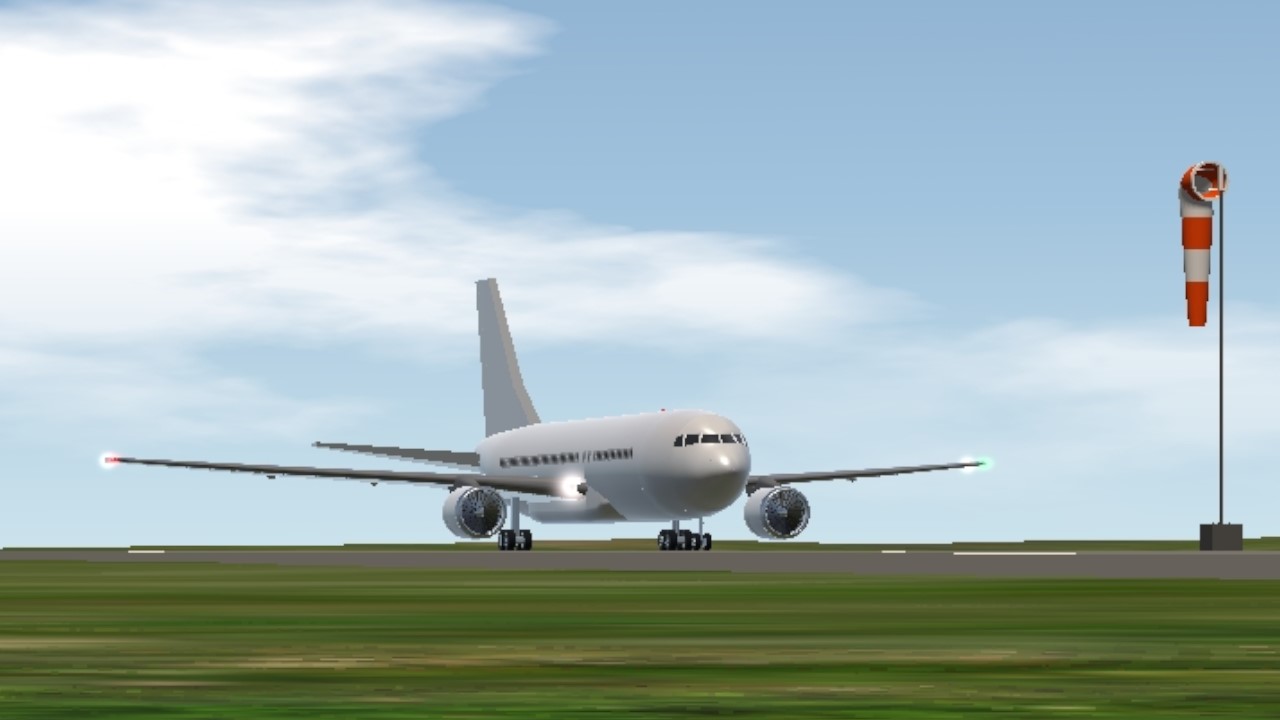
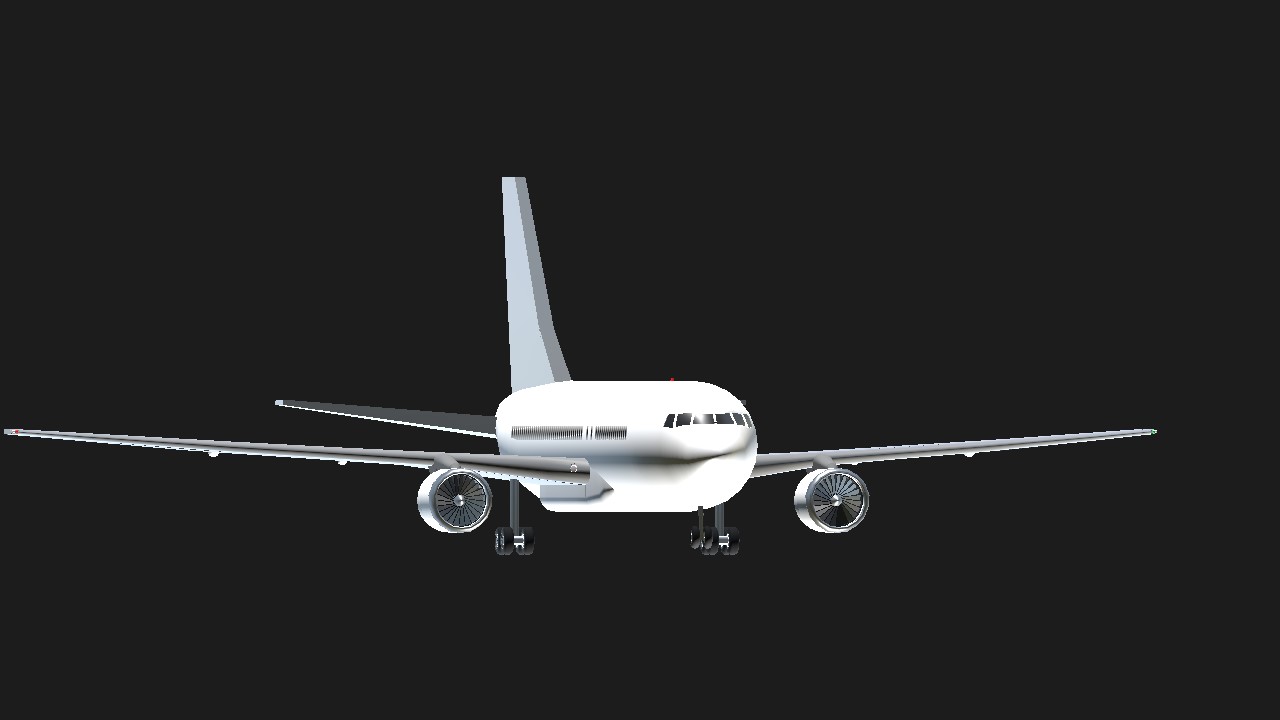
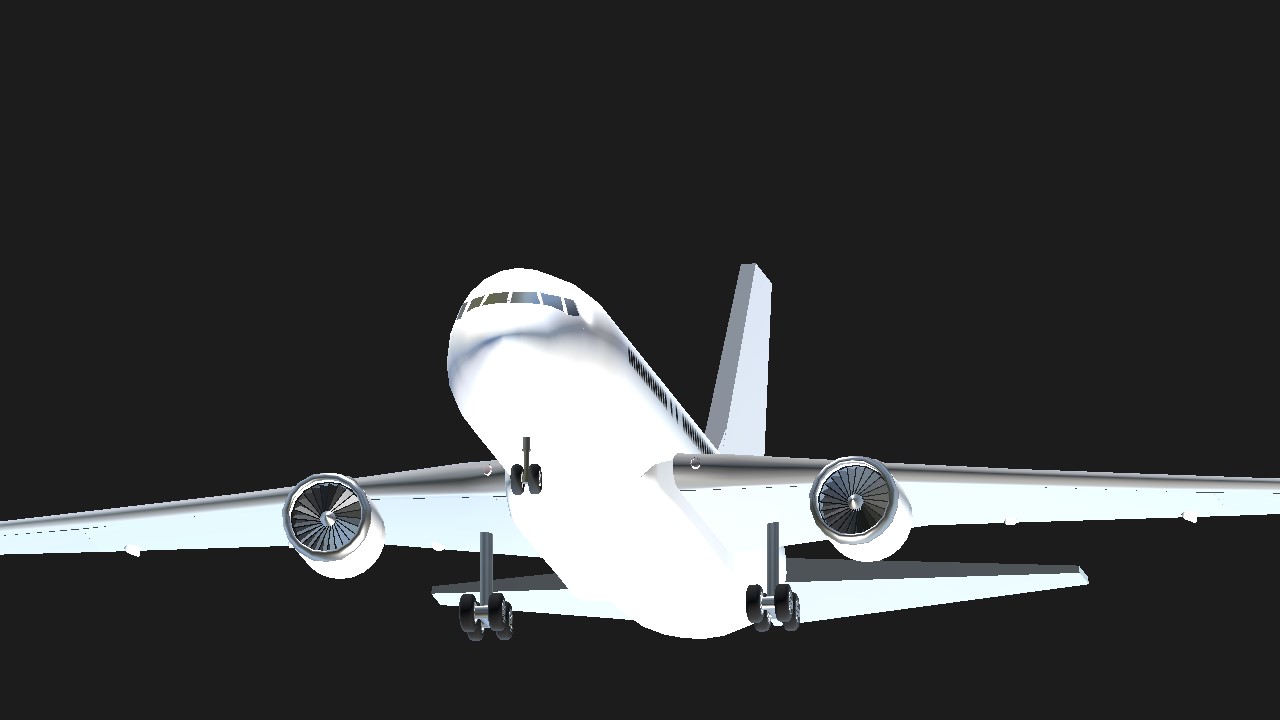

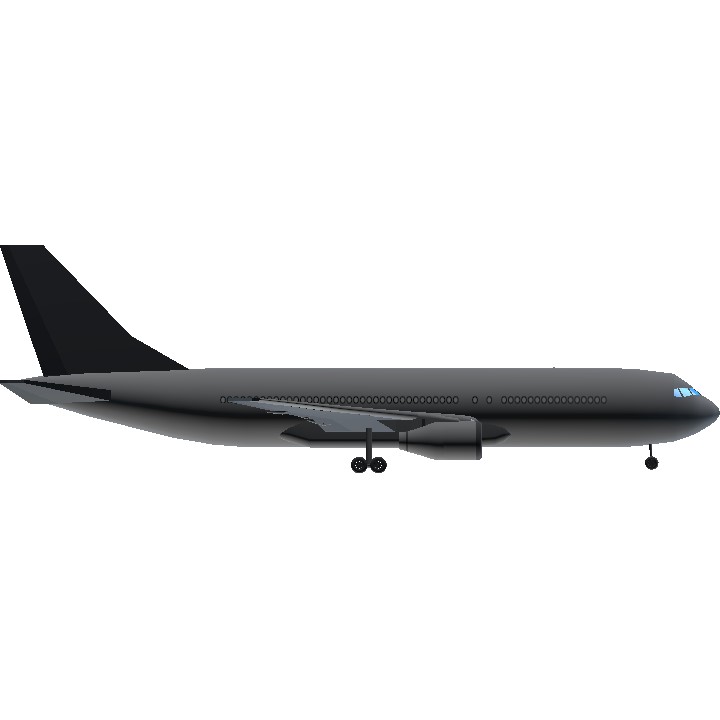
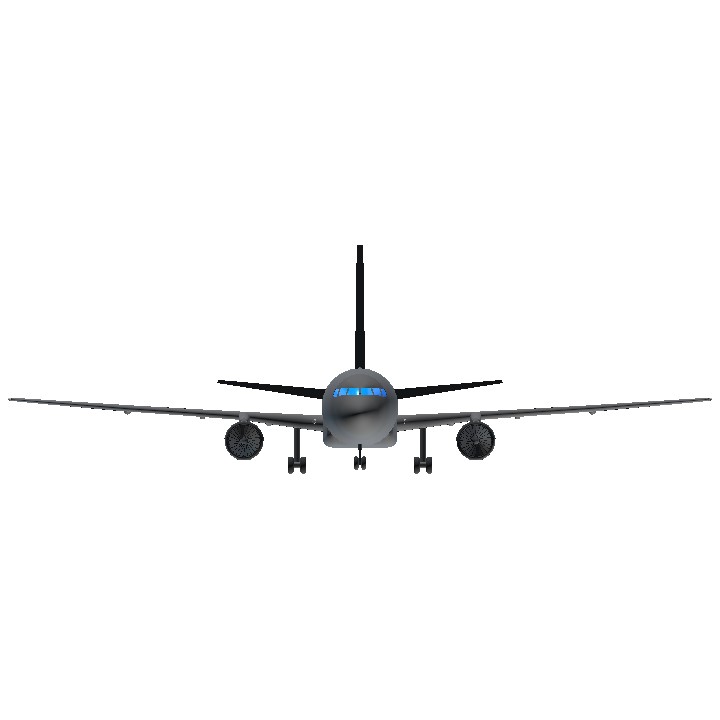
gsurshabjd
The person above me is epic
@Planedude69420 it’s ok
@Funnny I’m sorry for calling you racist
@ShiinaMobileFriendly ok
@Freight @Planedude69420 @Funnny
Please don't start argument in my post, thanks!
@ShiinaMobileFriendly ok thanks
@RealOsazPeople the XML has been updated. You can download it now :)
@ShiinaMobileFriendly wheres the updated version? is it already released?
@ShiinaXZ Cool thanks!
@RealOsazPeople this gonna update soon :)
umm a 767's tilted gear is not like that....
The person below is cool
@GlassyBiomNewSPUser thx
@BeechcraftA35
american airlines wont let arabians on the flight anymore, especially after september
@GlassyBiomNewSPUser oh ok thanke
@AirFrance747400 I'm using postimg
@GlassyBiomNewSPUser really confused onto how you put many images in the desc on mobile
@GlassyBiomNewSPUser no problem
@AirFrance747400 nice also thanks for 767 nose (・∀・)
man i think it’s time for me to make the gimli glider livery on this
@MrCOPTY
@ZerkkZxe
You're too fast thanks (・∀・)
Yeszzz
Request tag
@ToeTips
@ZerkkZxe